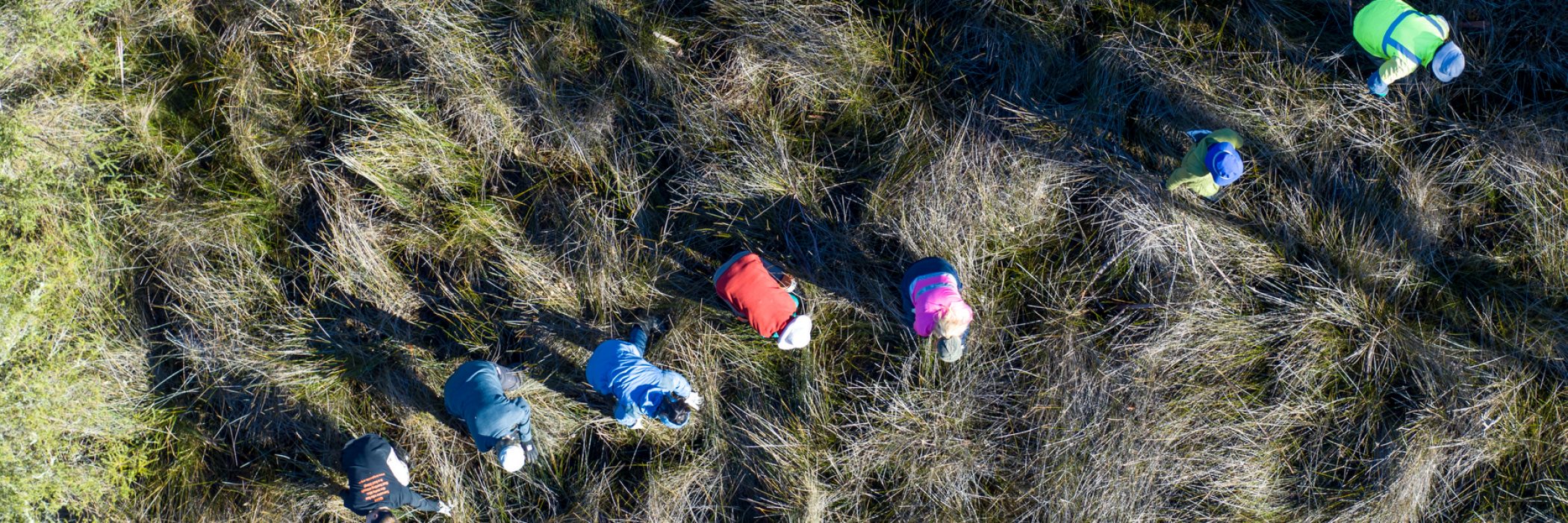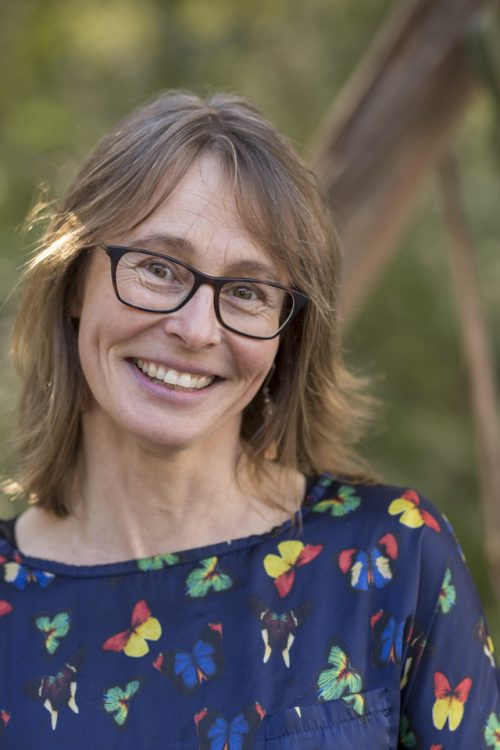Attending to what matters
It seems to start with a problem that needs solving: voracious weeds, injured wildlife, crumbling cultural heritage.
There’s an issue that activates interest, and collective action happens. Good people mobilise to ‘fix it’, to get stuff done, to solve the problem. This is at the very centre of environmental volunteering – this marvelous focus on the jobs that need doing. But in thinking some more, this isn’t where it starts. It doesn’t start with that specific problem at all. It starts long before that with a far bigger question on what matters to people. For what do they care? Because, if people don’t care, they do nothing and the weeds thrive, the wildlife dies, and the buildings crumble.
It actually starts with the relationship we have with place and what we think matters. That’s a journey that we all arrive at individually but it is without doubt, a crucial piece of the puzzle. What we think matters. The continuum here, or the next step, is ‘taking action’ and consciously ‘attending’ to those things that matter. Addressing the problem and actually doing something about the weeds, doing something about the injured wildlife, or doing something about the crumbling heritage – essentially, attending to those things that matter.
When we’re in places we create our own stories, deepening connections. As Simon Schama wrote, landscape is as much about layers of story as strata of rock. These places become our own (and our home) when we are in them, attending to those things that matter.
What fabulous examples we can draw upon in Tasmania of people attending to those things that matter. In 1990 two blocks of forest adjacent to the Tasmanian Wilderness World Heritage Area were put up for sale and marketed as ‘ideal for woodchipping’. Local resident, Bob Brown, didn’t want to see this patch of forest destroyed, so used the prize money from the Goldman Environmental Prize as a down payment on the land. The rest he borrowed from friends and the bank and the fundraising campaign to recover this debt was the birth of national for-purpose organisation Bush Heritage.
Based in Hobart for the first decade, Bush Heritage gained great momentum and was the impetus for two of its staff members to hatch an idea – an organisation that would focus on private land conservation just in Tasmania. They started a new entity, and opened a bank account with $150 in it, and in 2001 the Tasmanian Land Conservancy (TLC) was born.
The problem the TLC sought to address was the poor protection of important habitat on private land across the state. It mattered deeply to the key founders and it mattered to others too. The idea was ripe and ready.
In the first few years, the TLC was a classic threadbare NGO, initially run solely by passionate volunteers, attending to a thing that mattered. The initial campaign ran for a number of years to purchase the TLC’s first permanent reserve at Long Point, 386 hectares on the fringe of Ramsar-listed Moulting Lagoon and featuring low lying salt marshes, coastal grasslands and woodlands. Donations over $100 generally triggered a celebratory cake, a habit that, if honored into the future when the organisation became more philanthropically successful would lead to workplace obesity!
18 years on, the TLC is now one of the largest private landowners in the state with 19 permanent reserves totaling just over 13,000 hectares. With the inclusion of other properties and programs, like the Revolving Fund (purchasing, covenanting and on-selling land) and the Midlands Conservation Fund (providing stewardship payments to landholders managing lowland grasses), around 60,000 hectares of land is managed for nature through TLC initiatives. Our vision is for Tasmania to be a global leader in nature conservation.
From the early days, the involvement of our community including donors, property neighbours, landowners and volunteers has been paramount to the TLC’s success. Volunteers have been the foundation and the cornerstone of the organisation from the very beginning, and remain crucial for our science and monitoring, reserve management, event delivery and everyday business.
In the 2017-18 financial year, 190 individual volunteers contributed more than 935 volunteer days with the TLC.This ranged from board members scrutinizing our financials, to people collating the thousands of images of wildlife from motion sensitive monitoring cameras across our properties, to newsletter mail-out volunteers and teams controlling weeds on our reserve estate.
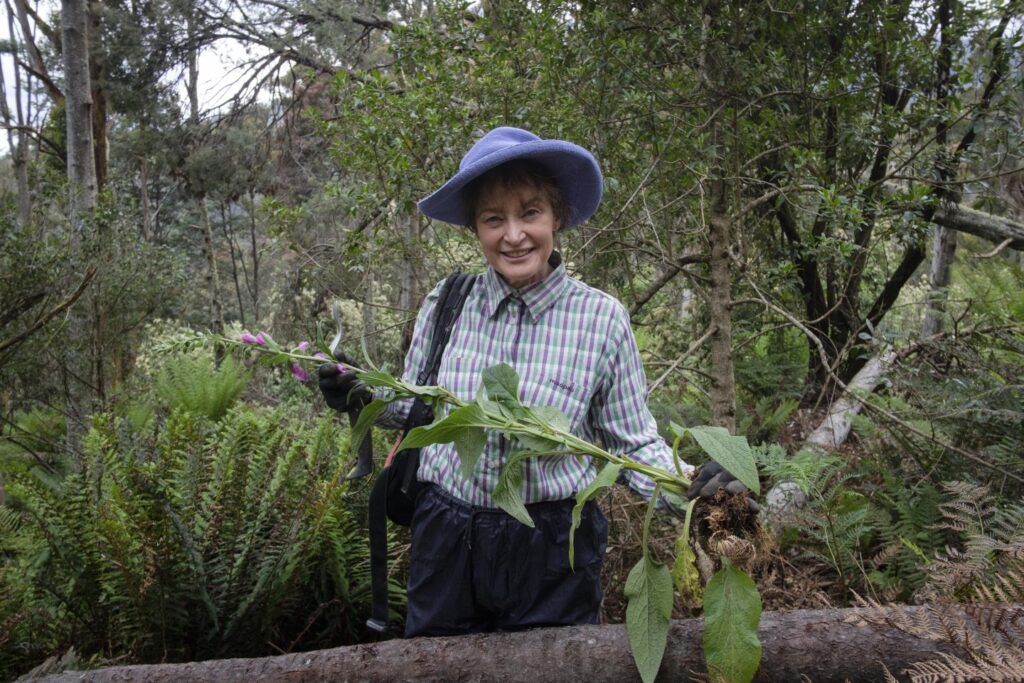
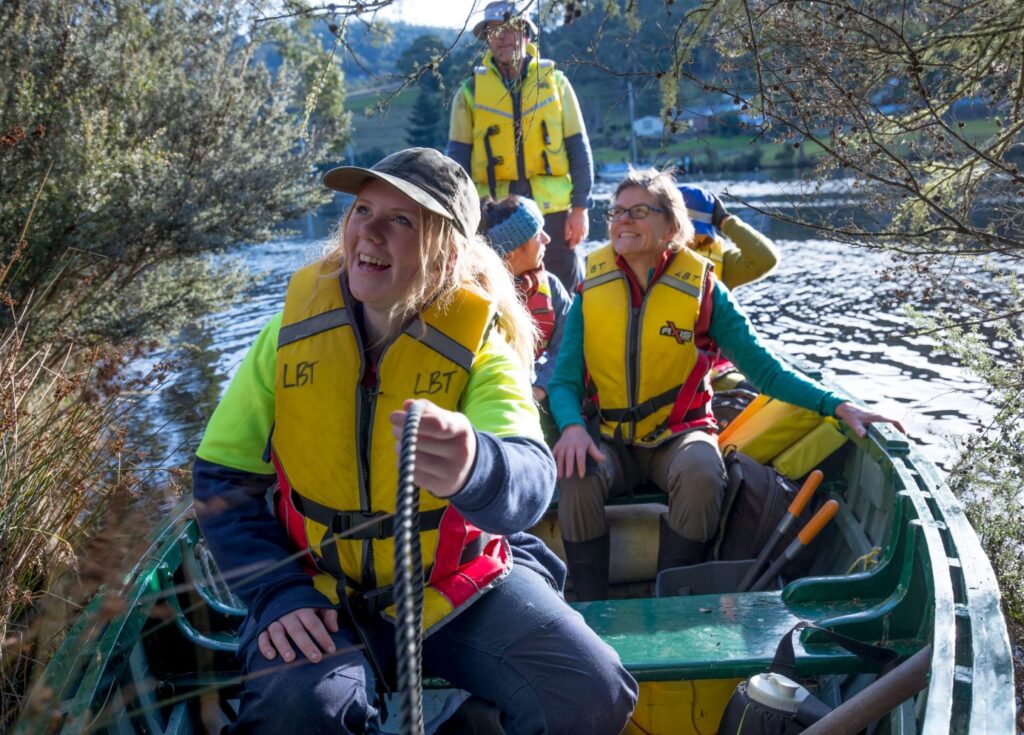
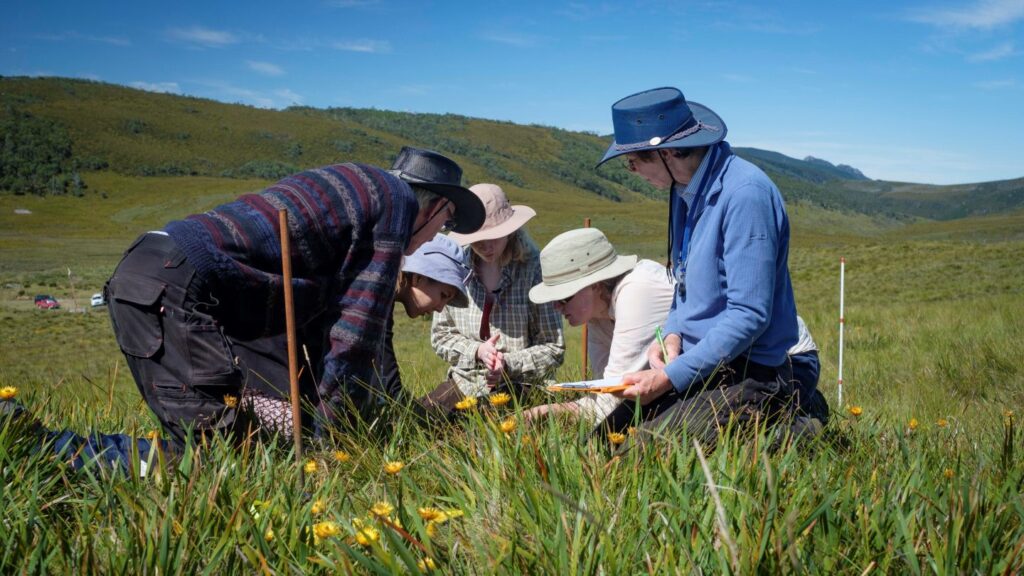
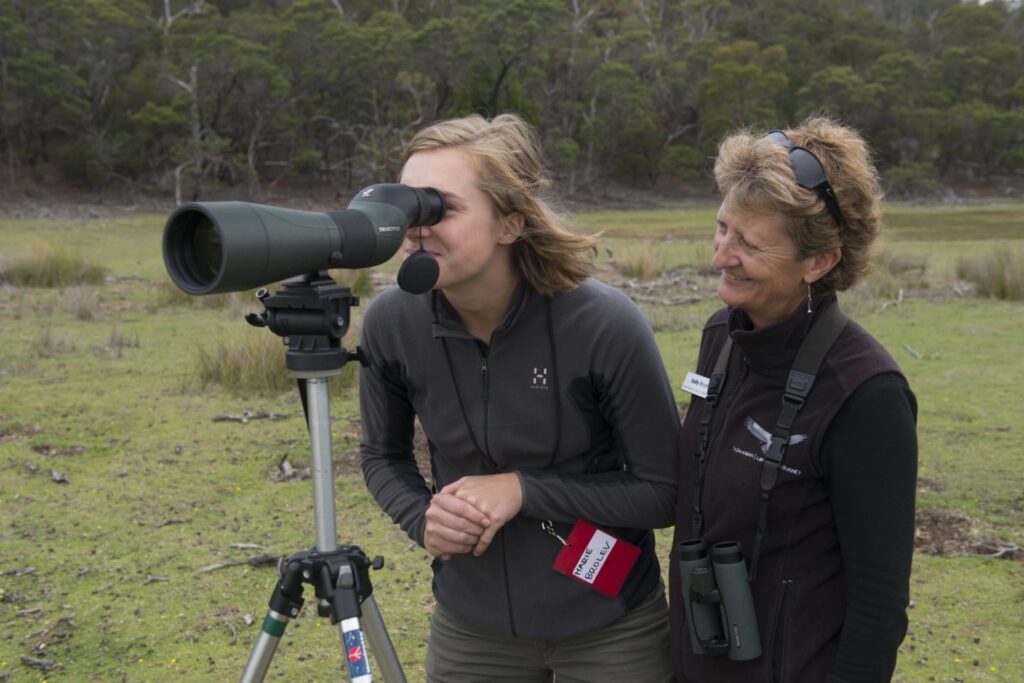
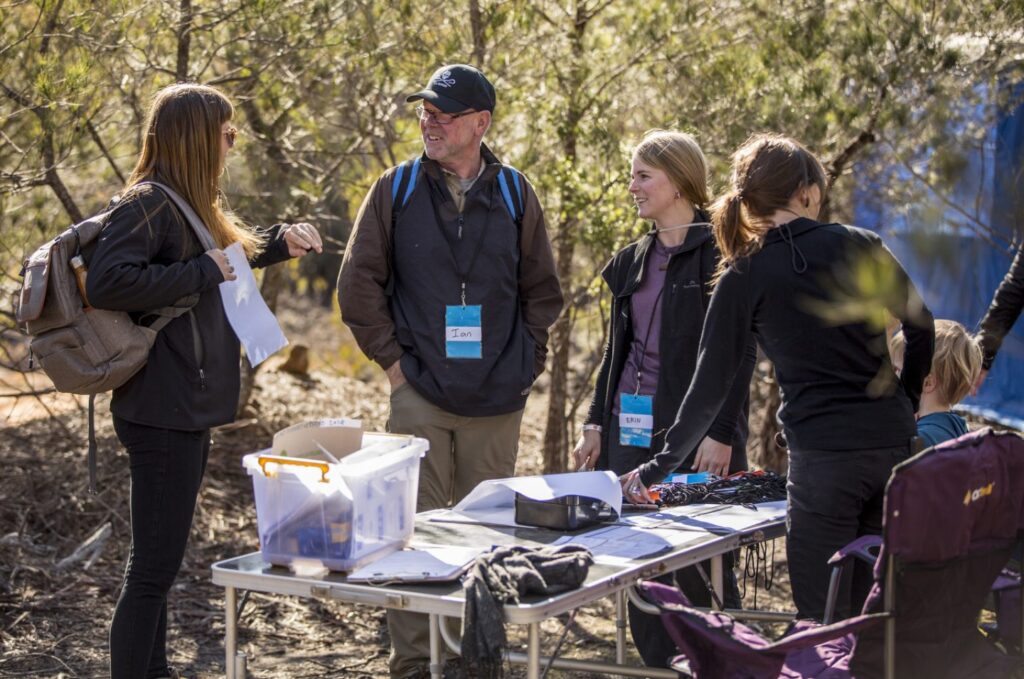
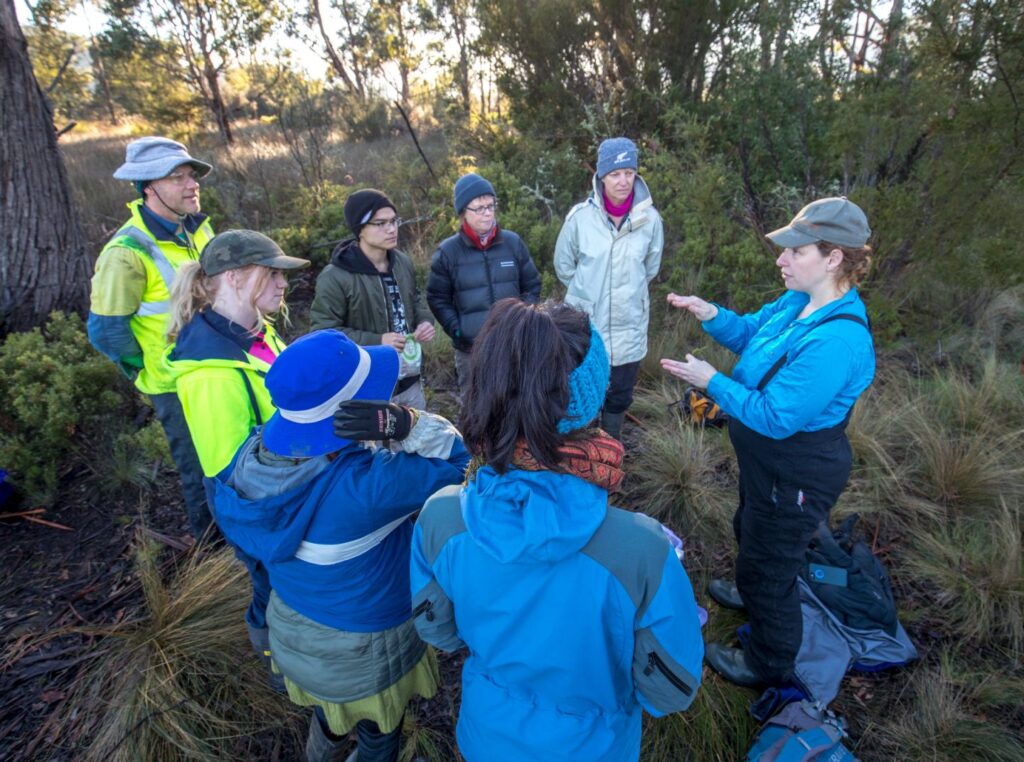
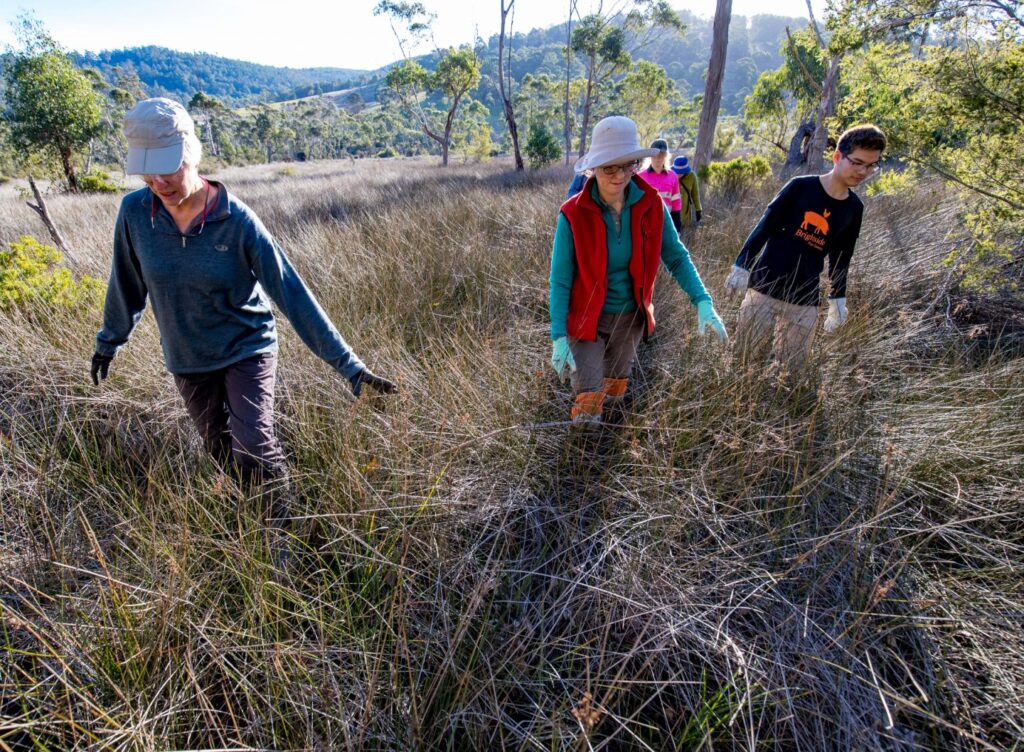
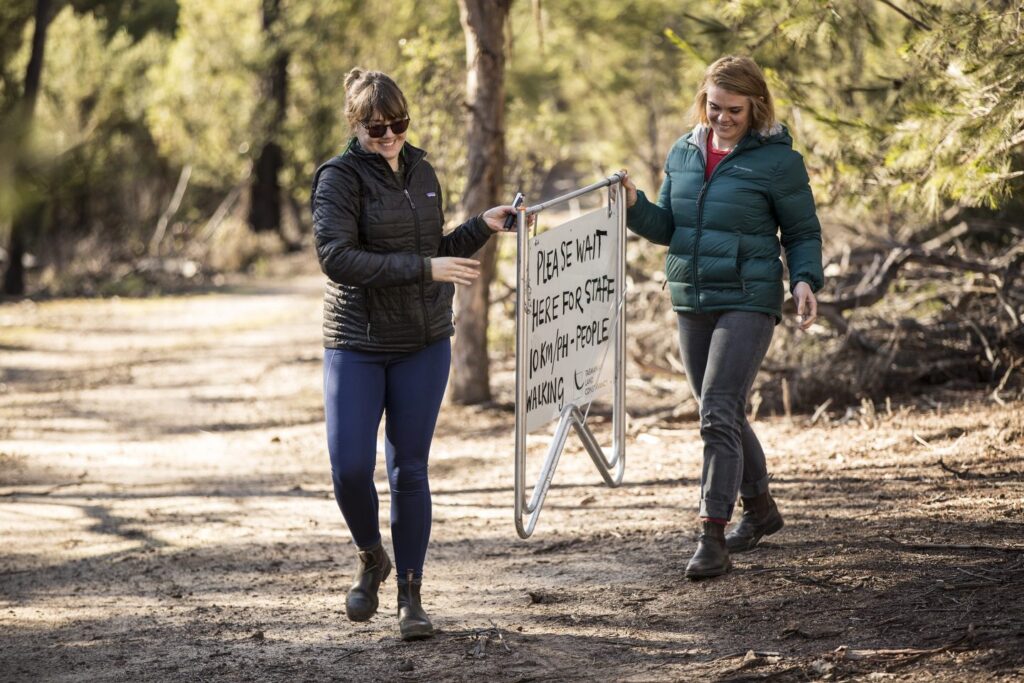
Be it the TLC or other environmental groups, attending to what matters comes in many forms. On-ground, hands-on action is a powerful way to maintain our integrity and connection with precious places. Attending to that thing that matters with a team of people can build fabulous camaraderie and a terrific sense of achievement when the job is done. Collective effort can dissolve the wickedest of problems that are insurmountable when individually considered.
What’s more, when we’re in these places we create our own stories, deepening connections. As Simon Schama wrote, landscape is as much about layers of story as strata of rock. These places become our own (and our home) when we are in them, attending to those things that matter.
Let’s stay grounded though. I appreciate deeply the resolve, commitment and tenacity of environmental volunteers across the state who endure the tedium of laborious grant applications, the whimsy and vagaries of government priorities, and the short-term approach of funding programs to long game issues like weed control and landscape restoration. I applaud their determination and persistence as you navigate these trip hazards, and continue to attend to those things that matter.
Here’s a short list of ideas on what is needed for environmental volunteering to thrive:
- Develop informed and well guided strategies that are awake to the current challenges and opportunities
- Attract good leaders to articulate a clear vision of where you’re going and how you’re getting there
- Communicate stories that capture the essence of ‘why it matters’ and inspire people to care
- Diversify income for better financial resilience and autonomy
- Try new things and be prepared to fail
- Nourish your own love for these precious places to sustain your efforts
- Celebrate successes – as we’re doing this weekend!



